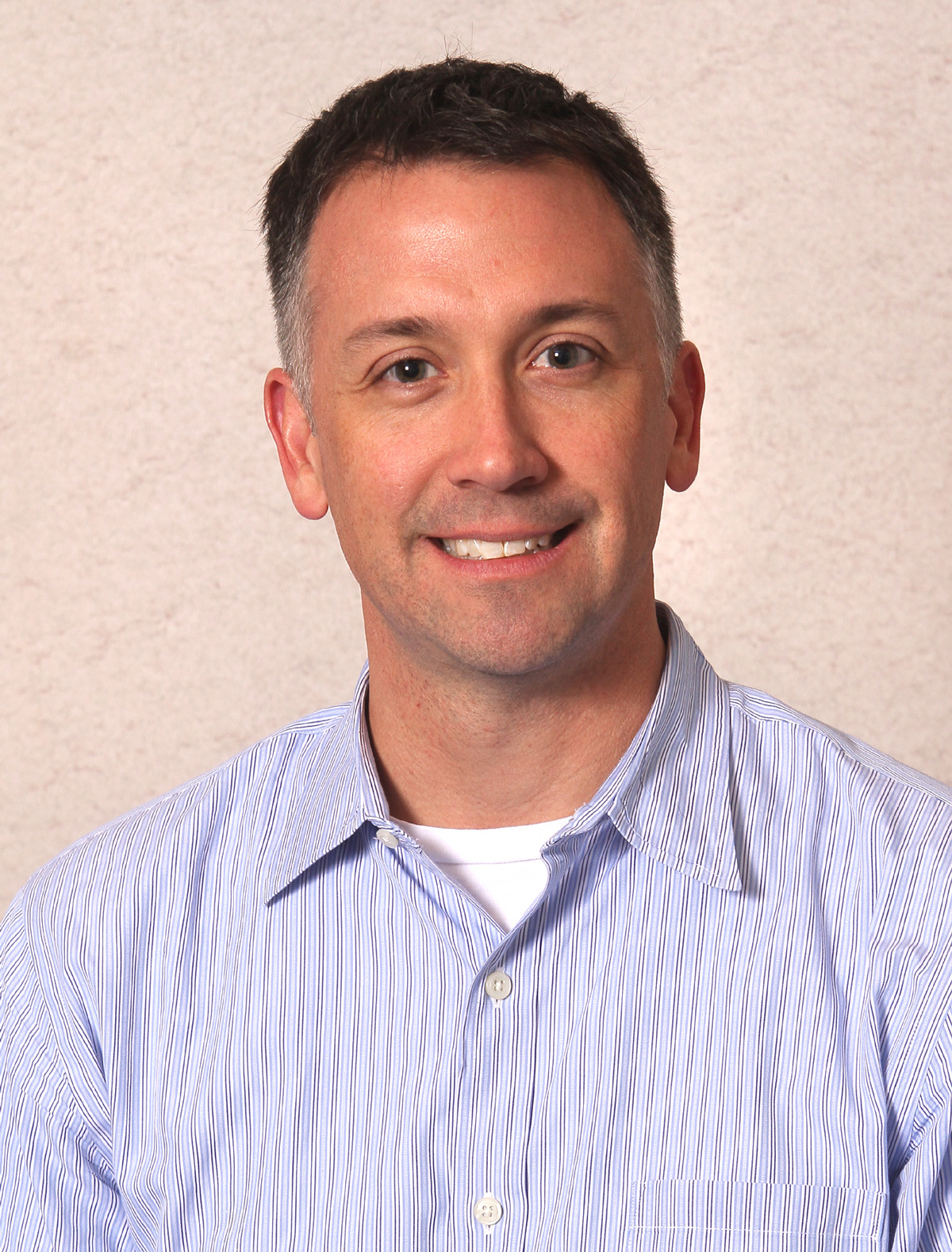May 23, 2011
 COLUMBUS, Ohio – Through an examination of nationwide hospital admissions, researchers have found, regardless of age, adults who are insured by Medicare, Medicaid or both are at a much higher risk of being hospitalized with sepsis, a toxic systemic reaction to an infection, compared to those who have private health insurance. Additionally, researchers discovered that patients without insurance are also at higher risk of dying of sepsis.
COLUMBUS, Ohio – Through an examination of nationwide hospital admissions, researchers have found, regardless of age, adults who are insured by Medicare, Medicaid or both are at a much higher risk of being hospitalized with sepsis, a toxic systemic reaction to an infection, compared to those who have private health insurance. Additionally, researchers discovered that patients without insurance are also at higher risk of dying of sepsis.Critical care researchers at The Ohio State University Medical Center found the risk of hospitalization with sepsis varies between 50 and 225 percent higher for federally insured patients, depending on their age and the type of government health coverage. Among all ages, uninsured sepsis patients are 50% more likely to die than patients with private insurance. These findings held after considering known risk factors for sepsis and sepsis-associated death.
The results were published today online by the journal Critical Care.
“This identifies large groups of people who are at high risk for sepsis,” says Dr. James O’Brien, a critical care specialist at Ohio State’s Medical Center and lead author of the study. “Insurers can work with health care to identify and modify those environmental or lifestyle risk factors that make some more susceptible to sepsis than others.”
Sepsis is a toxic response to infection affecting more than 850,000 Americans each year. Pneumonia, urinary tract infections, and appendicitis can spread and lead to sepsis, as can infections that develop after surgery.
O’Brien and other researchers used data from the Nationwide Inpatient Sample which represents a 20 percent sample of U.S. hospitals, including private, public and academic facilities. Admitted patients were grouped by Medicare age qualification: either age 18-64 or 65 and older. Researchers examined the association between insurance category and sepsis diagnosis, as well as deaths among admissions involving sepsis.
Among those 18-64 years old, patients with Medicare are three to four times more likely to have a sepsis-related hospitalization than those with private insurance, while those on Medicaid are 50 percent more likely to battle sepsis.
For patients who are age 65 and older, the study showed those on Medicaid are at 60 to 75 percent higher risk of being hospitalized with sepsis than those with private insurance and Medicare. In that age group, those with Medicare only are at 20 percent greater risk.
O’Brien and his colleagues are raising public awareness about sepsis and how quickly it becomes a medical emergency, similar to a heart attack or a stroke. They are also educating hospital teams regionally and nationwide on improving treatment for sepsis and improving procedures to prevent hospital-acquired sepsis.
Having sepsis adds an average two weeks to a patient’s hospital stay and some will need additional long-term care. Overall, the direct costs of sepsis-related hospitalizations are estimated at $16 billion in the U.S., not including the costs associated with post-hospital care, lost employment or informal caregiver assistance.
“Through increased awareness and treating upon suspicion of sepsis with immediate antibiotics and fluids, treatments we have available today, we could save nearly 40,000 lives and billions of dollars in health care costs every year in the U.S. alone,” says O’Brien.
One in five people with sepsis die, and it kills more people each year than breast cancer, prostate cancer and lung cancer combined. It is a medical emergency and requires early detection and treatment for survival. Symptoms can include fever, chills, severe shaking, rapid breathing, fast heart rate, confusion, agitation and dizziness.
Other Ohio State researchers involved in the study include: Bo Lu, Naeem A. Ali, Scott K. Aberegg and Stanley Lemeshow.
This study was funded by grants from the National Institutes of Health and the Davis/Bremer Medical Research Fund at Ohio State’s Dorothy M. Davis Heart and Lung Research Institute.
###
Marti Leitch
Medical Center Public Affairs and Media Relations
614-293-3737

